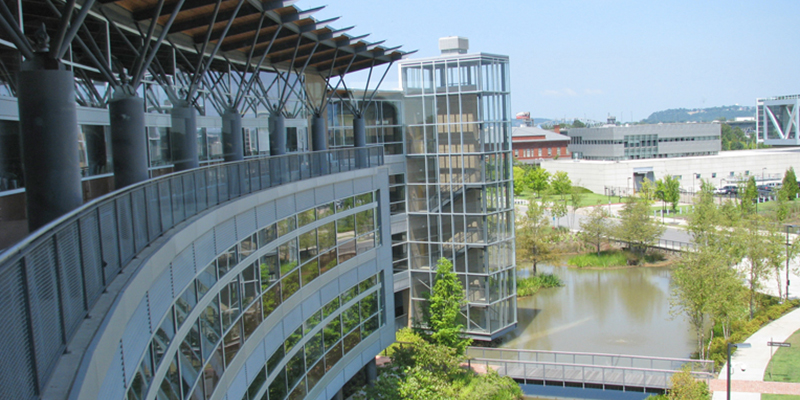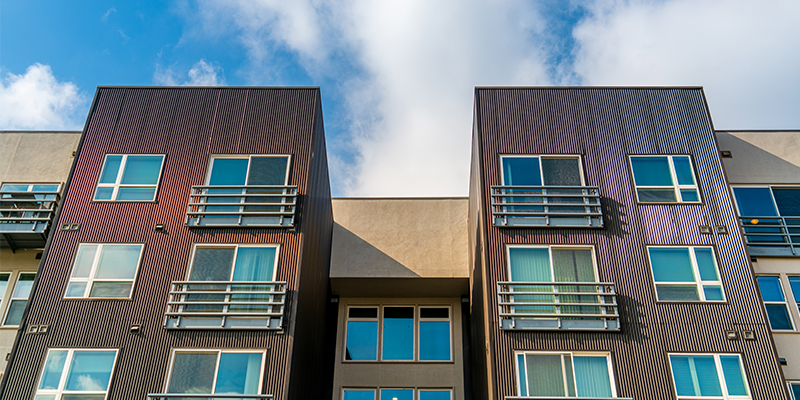The proximity of some brownfields – typically former industrial sites or other contaminated properties – to business centers and transportation networks can make them prime targets for redevelopment, but the need for environmental remediation can be daunting. Additionally, new government and community priorities, regulations and incentives regarding sustainability are likely on the horizon. This will affect developers engaged in these projects and how they approach them. Effectively navigating public-private partnerships can ease the burden and result in higher-performing, sustainable projects, according to a new study published by the NAIOP Research Foundation.
“Sustainable Brownfield Development” was authored by Christopher De Sousa, Ph.D., MCIP, RPP, professor, School of Urban and Regional Planning, Toronto Metropolitan University, and is an analysis of two dozen brownfield projects that include best practices for developers and their public and nonprofit partners.
Key takeaways from the study include:
Identifying and Prioritizing Project Objectives. Most project proponents were concerned early on about the barriers typically associated with brownfield projects (e.g., added costs, delays), with private sector partners expressing additional concern over the extra costs and the perceived loss of opportunity associated with adding sustainability and greening measures. Early identification of these concerns allowed partners in the public and private sectors to work through how to financially support brownfield and sustainability elements.
Location, Market and Reuse. Many projects detailed in the study were originally industrial parcels or commercial/retail sites located in midtown locations or outside the central core, potentially increasing the difficulty attracting tenants and investment. After redevelopment, uses comprised office, retail, residential, mixed-use or public services associated with green space or community facilities.
Funding and Financing. Regardless of whether the projects were small or large, financial support from the public sector was vital for supporting sustainable brownfield redevelopment – especially in secondary markets and beyond, where public and private partners hoped to clean up past blight, add new infrastructure, and trigger market and community revitalization. Strategically assembling public funds from numerous sources can enable developers to overcome significant financial barriers.
Environmental Sustainability. Green design guidelines and rating systems offered helpful direction for developers, although not all buildings registered for certification due to cost. Other challenges to environmental innovation included the complexity or incompatibility of local policies and regulations with modern green construction, the steep cost of sustainable technologies, challenges incorporating green components into building design, and the complexity of factors such as procurement rules, jurisdictional issues and financing.
The report concludes that, “As global and national concerns about the environment accelerate, so too will environmentally sustainable actions aimed at generating renewable energy, eliminating waste, electrifying transportation, producing local agriculture, cleaning the air, offsetting carbon emissions, mixing land uses, and moving to net-zero and climate-positive actions. Making these changes in strong markets will be challenging enough from a feasibility perspective; they will be even more challenging in weaker markets that must also prioritize robust social and economic outcomes.”
Download the full report, free of charge, from the NAIOP Research Foundation at naiop.org/brownfieldsresearch.
Featured image of Heifer International Headquarters, Little Rock, Arkansas.








